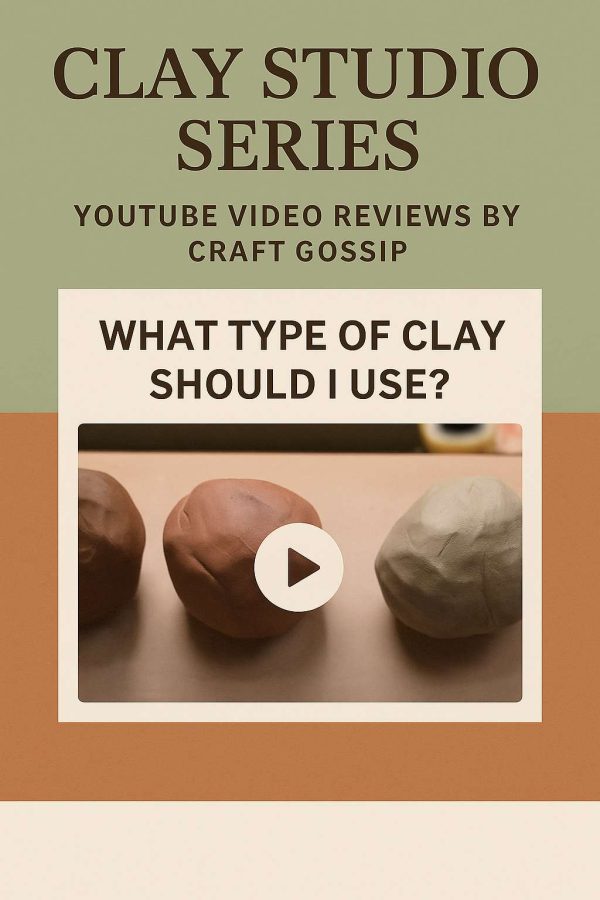Check out the incredible level of detail on this polymer clay locket from RockyBeads! Isn’t it lovely? Click here to go to her original post.
Click here to go to her website and check out all of her romantic and feminine work!
Fimo and clay tips and tutorials
Check out the incredible level of detail on this polymer clay locket from RockyBeads! Isn’t it lovely? Click here to go to her original post.
Click here to go to her website and check out all of her romantic and feminine work!

What Type of Clay Should I Use? Comparing Three Stoneware Bodies
If there’s one question that potters—especially beginners—ask over and over again, it’s this: “What type of clay should I use?” With so many options available, from smooth white bodies to gritty, speckled stonewares, the choice can feel overwhelming. In this Clay Studio Series feature, we’re reviewing a video that takes the guesswork out by throwing, trimming, and comparing three distinct stoneware clays side by side.
Instead of just talking about clay in theory, the potter works directly with three clay bodies and shows the differences in real time. You can see how each clay reacts on the wheel, how it trims when leather-hard, and what kinds of issues may arise depending on the body you choose. This hands-on comparison makes it far easier to understand than simply reading product labels.
The video also tackles a common curiosity: the pink-toned ES80 stoneware, often admired for its warm coloring. The creator points out that this clay is manufactured for reduction firing and won’t give the same results in oxidation, a detail that often gets overlooked by beginners.
For beginners, choosing the right clay can mean the difference between frustration and success. This video demystifies the process by giving a clear visual comparison of three popular stoneware options. By the end, you’ll have a better idea of what qualities to look for in a clay body and which ones might fit your needs best.
For intermediate and advanced potters, the insights are still valuable. Even if you’ve been working with one clay for years, seeing how others handle could inspire you to experiment with something new.
This review proves that clay choice is less about finding a universal “best” and more about learning what works for you. Whether you want smooth, easy-to-handle clay for your first mugs or a robust, grogged body for sculptural pieces, this video is a fantastic guide to help you make a confident decision.
Watch the full video here: What Type of Clay Should I Use?
That is so pretty!
that’s one of her best creations, i believe 🙂 she’s really good!
pretty! =)